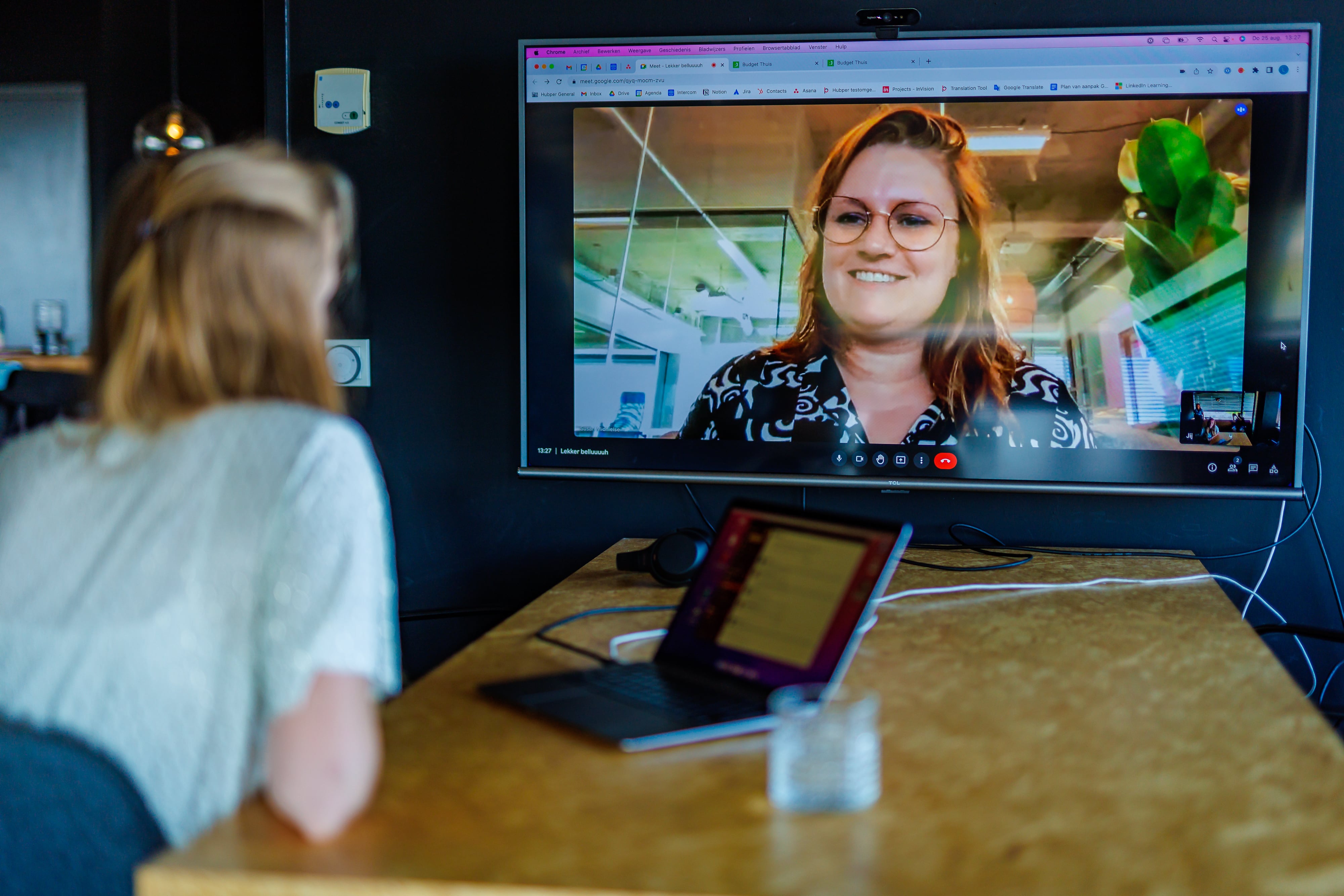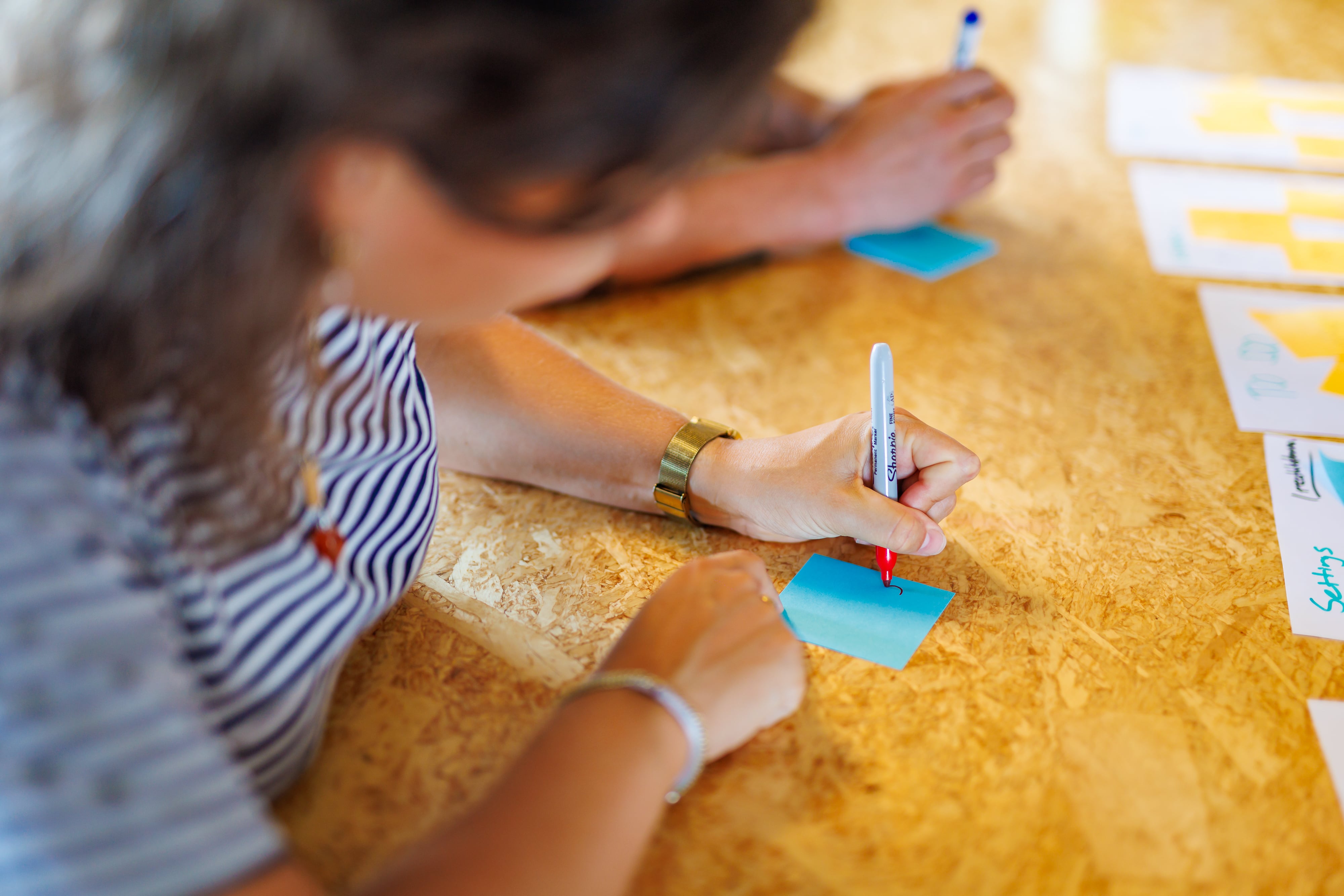What is the ultimate blended learning mix?
You read two articles, post a comment on the discussion board and then create a vlog. After that, you take a test and follow a performance review. This could be an example of a blended learning mix. But is it also the ultimate mix?
What is blended learning?
People have many different definitions for blended learning, and there are lots of lists about what the mix should contain. We know about synchronous and asynchronous, virtual and live, offline and online, passive and active, in-person and digital, personal learning and social learning, and the list goes on.
A recurring theme is that blended learning is a mix of different learning methods that are connected to one another. Simply offering the content in a different learning method does not make it blended learning. It is not very useful to watch a video about a particular topic and then read 20 pages about the same topic afterwards. This will only make you lose your motivation. The power is in choosing learning methods that complement each other and looking at the preferences and needs of the user.

Blended learning is not always active learning
Implementing online learning will not immediately yield effective, (inter)active), and captivating learning content. Online learning can be very passive and difficult to integrate within a blended learning program, the danger is that it remains an independent thing.
It is therefore not self-evident that online learning is active learning. Active learning needs a different approach for studying than reading texts, watching videos, and taking tests. Active learning contains interaction with others or evaluation assignments that constructs the study material in a different way, which creates new knowledge. For example, by concept mapping or finding solutions to various problems. It is important to find a good combination with other learning methods that are more or less active, the following overview can be helpful for this:
Passive, absorbing information by listening, reading, or watching;
Active, when you ‘do something’ to process the information like taking notes, writing summaries, or playing a game.
Constructive, when you construct new knowledge;
Interactive, when you work together to create new knowledge.
Conditions for a good blended learning mix
To create the optimal blend, you need to take your focus into account. Is it a content based focus (mostly concerns knowledge), or a practice based focus (aimed at skills and behaviour)? Of course this can differ per element or learning goal. Guidance plays another important role, do people need guidance or can they manage it by themselves? Are there teachers or coaches available? To make decisions like these, you can ask yourself: Do I want to inform people or help them further develop their skills? The available study time and technical possibilities can of course also influence the choice of your blend.
Not everyone creates the perfect cocktail
To integrate the technology, the subject-specific, and the didactic knowledge with one another, it is important for the designer to have in-depth knowledge about them. Without this expertise you will end up with a learning programme that does not fit together very well. The ingredients are delicious by themselves, but the meal tastes bad.
To build this expertise, people often choose the incremental approach, which builds a stronger mix step by step and prevents the designer from going down the wrong path.
You start with a Low Impact Blend (LIB): Adding technology as a way to support the learning in the traditional sense. The existing course remains mostly intact;
Then you go to the Medium Impact Blend (MIB): Redesign the course by replacing face-to-face activities with online activities;
And lastly the High Impact Blend (HIB): The radical redesign of a course, which includes the revision of content, didactics, and technology, and results in a course that makes optimal use of different learning methods in a blend.
This last step can be seen as the only successful and tasteful blended learning method.
Rakoo’s own blended learning cocktail
Blended learning offers variation in learning processes and increases your employees’ motivation as well as making learning personal and interactive, which we find important. That is why we have multiple integrations and collaborations with which we facilitate blended learning. Our collaboration with Edubookers gives you full access to the Dutch course programmes, both online and offline. You can also add different blended learning methods like e-learnings, but also physical contact moments like Meet-ups because of our Learning Playlists.
Do you want to know more about implementing blended learning in your own online academy? Or are you curious about the possibilities of our integrations? Feel free to get in touch with us, we would love to help!








